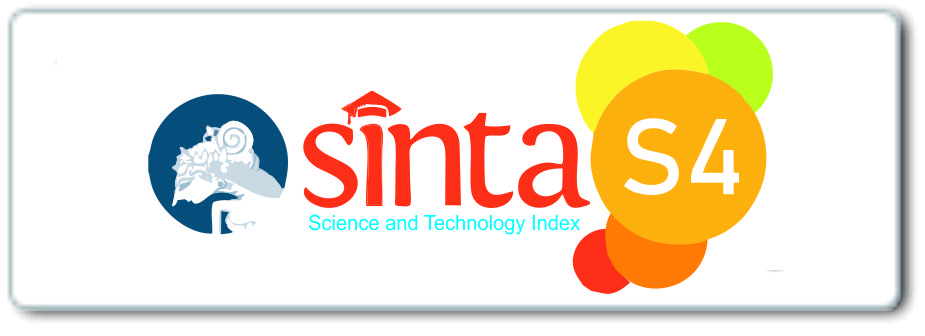Flood Fill and Scanline Fill Algorithm Optimization to Improve Design and Animation Application Performance
DOI:
https://doi.org/10.56988/chiprof.v4i2.89Keywords:
Algorithm Optimization , Animation, Design, Flood Fill, Scanline FillAbstract
Flood and Scanline Fill algorithms are two primary methods in the color-filling process in design and animation applications. However, limitations in computational efficiency often cause long rendering times, especially for high-resolution images and complex areas. This study aims to optimize both algorithms by implementing parallel processing using multi-threading technology and GPU-based processing. This implementation is expected to improve color filling performance compared to conventional methods significantly. Testing was carried out by comparing the execution time of the algorithm before and after optimization in various usage scenarios. The results showed that the parallel processing technique accelerated the color-filling process by up to 60% under certain conditions. Thus, this approach improves the efficiency of design and animation applications, especially in real-time rendering.
Downloads
References
J. Pibernik, J. Dolić, L. Mandić, and V. Kovač, “Mobile-Application Loading-Animation Design and Implementation Optimization,” Appl. Sci., vol. 13, no. 2, 2023, doi: 10.3390/app13020865.
N. Tri et al., Deep Learning: Teori, Algoritma, dan Aplikasi, no. March. 2025.
J. E. H. Benavides, D. E. E. Corredor, R. J. Moreno, and R. D. Hernández, “Flood Fill Algorithm Dividing Matrices for Robotic Path Planning,” Int. J. Appl. Eng. Res., vol. 13, no. 11, pp. 8862–8870, 2018, [Online]. Available: https://www.ripublication.com/ijaer18/ijaerv13n11_16.pdf
A. Rahman, A. Hendriawan, and R. Akbar, “Penerapan Algoritma Flood Fill untuk Menyelesaikan Maze pada Line Follower Robot,” EEPIS Final Proj., pp. 1–4, 2010, [Online]. Available: http://repo.pens.ac.id/369/%0Ahttp://repo.pens.ac.id/369/1/1115.pdf
Y. Wang, Z. Chen, L. Cheng, M. Li, and J. Wang, “Parallel scanline algorithm for rapid rasterization of vector geographic data,” Comput. Geosci., vol. 59, no. January 2020, pp. 31–40, 2013, doi: 10.1016/j.cageo.2013.05.005.
Y. He, T. Hu, and D. Zeng, “Scan-flood fill(SCAFF): An efficient automatic precise region filling algorithm for complicated regions,” IEEE Comput. Soc. Conf. Comput. Vis. Pattern Recognit. Work., vol. 2019-June, pp. 761–769, 2019, doi: 10.1109/CVPRW.2019.00104.
I. Al-rawi, “Implementation of an Efficient Scan-Line Polygon Fill Algorithm,” Comput. Eng. Intell. Syst., vol. 5, no. 4, pp. 22–29, 2014.
N. I. S. Baldanullah, N. Mulyarizki, I. Permatasari, I. P. Naufal, and D. C. Pratama, “Parallel Processing Pada Pemodelan Machine Learning Menggunakan Random Forest,” J. Informatics Adv. Comput., vol. 4, no. 1, 2023, [Online]. Available: https://journal.univpancasila.ac.id/index.php/jiac/article/view/5484%0Ahttps://journal.univpancasila.ac.id/index.php/jiac/article/download/5484/2504
T. Sutabri, K. Arif, and Suwarni, “Perancangan dan Implementasi E-Recipe Masakan Nusantara,” J. Teknol. Inf., vol. 1, no. 1, pp. 9–16, 2015.
M. Amaris, R. Y. De Camargo, M. Dyab, A. Goldman, and D. Trystram, “A comparison of GPU execution time prediction using machine learning and analytical modeling,” Proc. - 2016 IEEE 15th Int. Symp. Netw. Comput. Appl. NCA 2016, no. November, pp. 326–333, 2016, doi: 10.1109/NCA.2016.7778637.
G. Schryen, “Speedup and efficiency of computational parallelization: A unifying approach and asymptotic analysis,” J. Parallel Distrib. Comput., vol. 187, no. November 2023, p. 104835, 2024, doi: 10.1016/j.jpdc.2023.104835.
A. Adam and M. Juliadarma, Sistem Informasi Manajemen, 1st ed. Tulungagung: Akademia Pustaka, 2024.
Downloads
Published
How to Cite
Issue
Section
License
Copyright (c) 2025 Fakhri Sholahuddin, Tata Sutabri

This work is licensed under a Creative Commons Attribution-NonCommercial 4.0 International License.




















